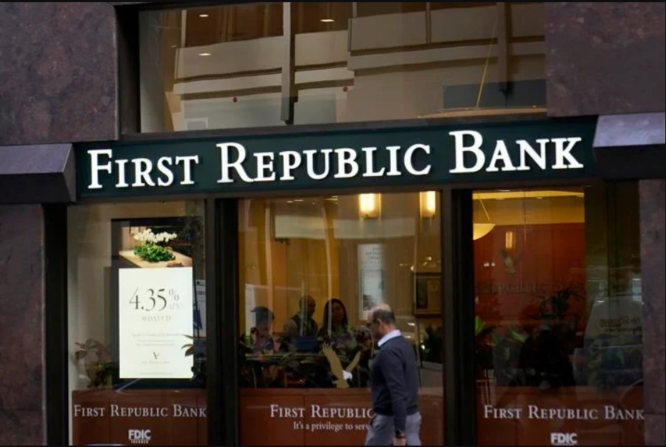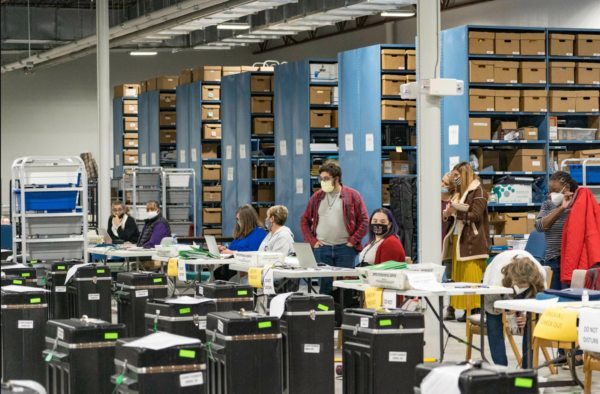In an effort to prevent further banking instability in the United States, regulators confiscated the troubled First Republic Bank on Monday morning and sold its deposits and the majority of its assets to JPMorgan Chase Bank.
First Republic, based in San Francisco, is the third midsize bank to falter in the past two months. It has struggled since the failures of Silicon Valley Bank and Signature Bank, and investors and depositors grew increasingly concerned that it might not survive due to its high proportion of uninsured deposits and exposure to low-interest-rate loans.
The Federal Deposit Insurance Corporation announced early on Monday that the 84 branches of First Republic Bank in eight states will reopen as branches of JPMorgan Chase Bank, and depositors will have full access to their funds.
Before the opening of U.S. stock markets on Monday, regulators labored through the weekend to find a solution. Monday, many markets around the globe were closed for May 1 holidays. The two open markets in Asia, Tokyo and Sydney, increased.
Jamie Dimon, chairman and CEO of JPMorgan Chase, stated, “Our government asked us and others to step up, and we did.”

The FDIC reported that as of April 13, First Republic had approximately $229 billion in total assets and $104 billion in total deposits.
The Federal Reserve ranked it fourteenth in size among U.S. commercial banks at the end of last year.
Prior to the failure of Silicon Valley Bank, First Republic’s banking franchise was the industry standard. Its clientele, who were predominantly wealthy and influential, rarely defaulted on their loans. The bank has reportedly made the majority of its profits from low-interest loans to the affluent, including Mark Zuckerberg, CEO of Meta Platforms.
First Republic’s total assets more than doubled from $102 billion at the end of the first quarter of 2019, when its full-time personnel was 4,600, due to deposits from the wealthy.
However, the overwhelming majority of its deposits, including those in Silicon Valley and Signature Bank, were uninsured, exceeding the FDIC’s $250,000 limit. And this caused analysts and investors concern. If First Republic failed, its depositors might not receive their entire deposits returned.

The bank’s most recent quarterly results crystallized these concerns. The bank reported that depositors withdrew more than $100 billion during the April crisis. First Republic, based in San Francisco, stated that it was only able to stop the bleeding after a consortium of significant banks stepped in with $30 billion in uninsured deposits.
Since the onset of the crisis, First Republic has been searching for a means to quickly recover. The bank intended to dispose of unprofitable assets, including the low-interest mortgages it offered to affluent customers. It also announced intentions to lay off up to a quarter of its approximately 7,200 employees at the end of 2022.
Investors continued to be apprehensive. Since the bank reported its results, its executives have not taken any queries from investors or analysts, causing First Republic’s stock to decline further.
And it is difficult to restructure a balance sheet profitably when a company must rapidly liquidate assets and has fewer bankers to identify investment opportunities. After the global financial crisis of 15 years ago, it took years for institutions like Citigroup and Bank of America to return to profitability, but they had the support of a government backstop to keep them afloat.




